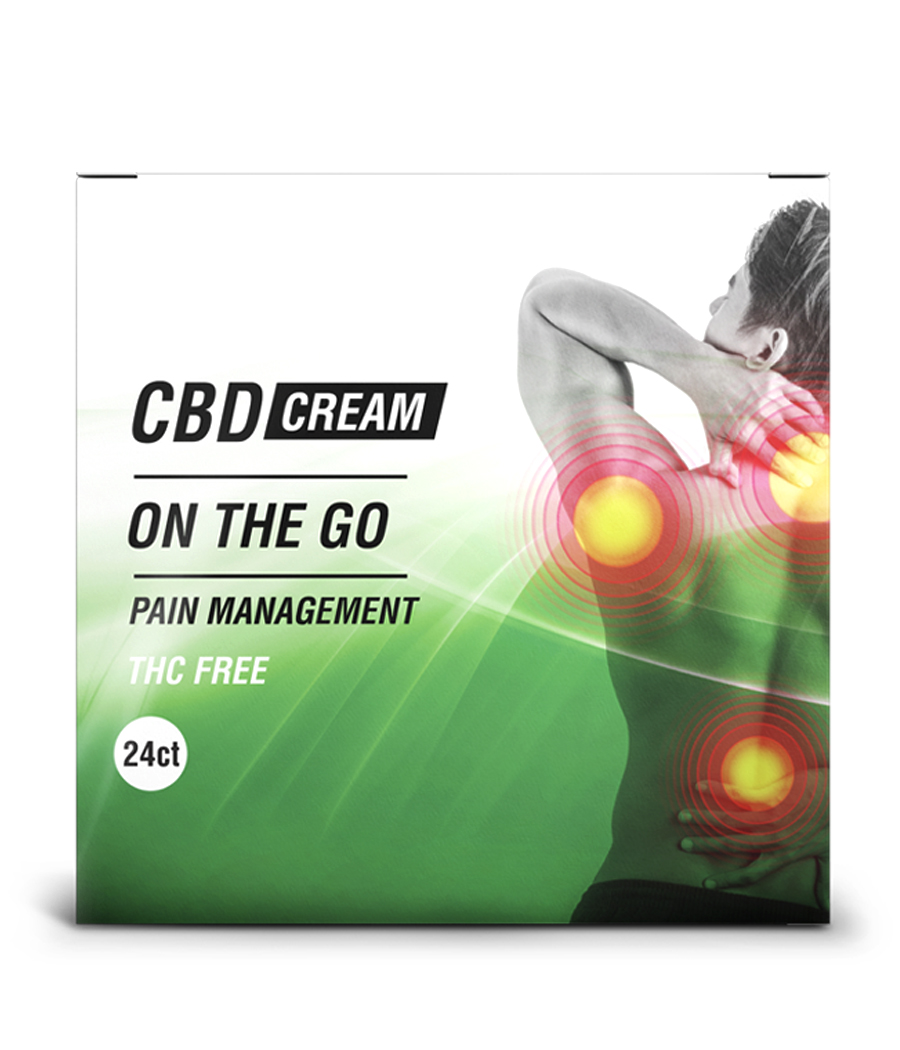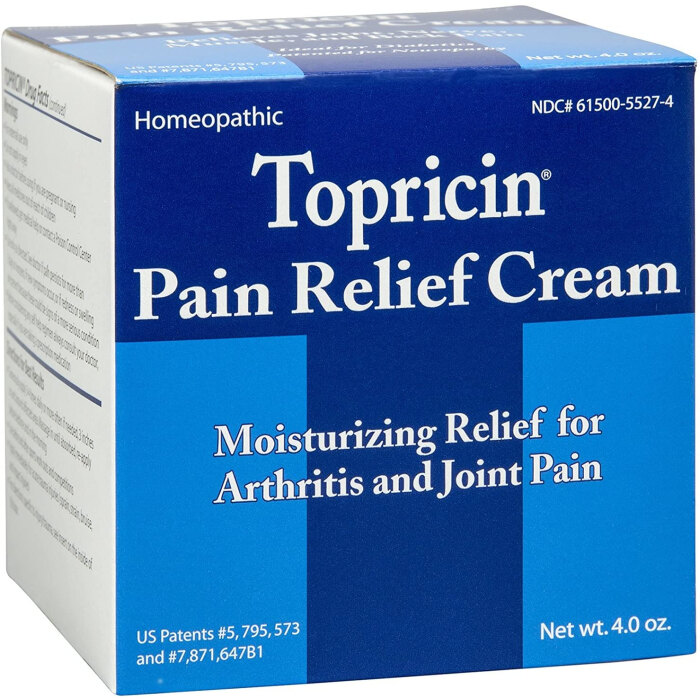Experience Reliable Pain Relief With Topical Cream for Instantaneous Convenience
In the realm of discomfort monitoring, topical lotions have become a popular choice for offering remedy for various pains. These creams supply a targeted approach to relaxing pains and discomforts, making them a convenient alternative for those looking for split second comfort. Comprehending just how these lotions work, the very best practices for application, and picking the best item can significantly impact their efficiency. There are critical considerations relating to potential side results and safety measures that individuals must be conscious of prior to incorporating topical creams into their discomfort relief program. By checking out the subtleties of topical discomfort relief, people can make enlightened choices concerning their convenience and wellness.
Benefits of Topical Pain Alleviation

In addition, topical creams can supply a cooling or heating experience that aids distract from the discomfort, providing a dual-action strategy to managing discomfort. These lotions are also convenient and simple to apply, enabling individuals to target details locations as needed. In addition, many topical pain alleviation lotions are formulated with natural components like menthol or capsaicin, giving an extra holistic and potentially much safer option to typical pain monitoring approaches.
Exactly How Topical Creams Work
Using a special transdermal shipment system, topical pain relief lotions efficiently permeate the skin to target the details area of discomfort. The active ingredients in these creams, such as menthol, lidocaine, or capsaicin, work by obstructing discomfort signals from reaching the brain. When related to the skin, these active ingredients connect with nerve ends to supply alleviation from pain and inflammation.
The transdermal delivery system permits the active ingredients to bypass the digestive system, which can reduce the absorption of discomfort relief drugs taken by mouth. By straight targeting the afflicted area, topical lotions provide faster relief with lower systemic absorption, decreasing the risk of negative effects compared to oral drugs.
In addition, the application of topical lotions creates a local impact, reducing the exposure of various other healthy cells to the drug. This targeted approach boosts the effectiveness of the discomfort relief procedure while minimizing the possibility of adverse responses in other components of the body. Generally, the mechanism of activity of topical pain alleviation creams provides a convenient, reliable, and localized remedy for handling discomfort.
Best Practices for Application
To maximize the effectiveness of topical discomfort relief creams, correct application methods are important for attaining maximum pain relief benefits. To start with, it is important to clean and dry out the affected location prior to applying the lotion. This action guarantees that the skin is cost-free from any dust, oils, or lotions that might develop an obstacle between the cream and the skin, preventing absorption.
When applying the cream, it is essential to utilize tidy hands or handwear covers to protect against contamination. Gently massage the cream into the skin making use of circular motions until it is fully absorbed.
After application, wash your hands completely to eliminate any type of recurring cream and avoid unintentional call with delicate locations. It is advised to await the lotion to dry before covering the area with garments to stop discoloration (pain cream). Complying with these best practices will guarantee that you experience the click for info full advantages of the topical discomfort relief cream

Picking the Right Topical Cream
Choosing a proper topical discomfort relief lotion tailored to your certain demands and choices is a vital step in the direction of efficient discomfort management. With a wide variety of alternatives offered in the market, it is important to consider a number of factors prior to making a decision. Recognize the type of discomfort you are experiencing, whether it is muscle mass pain, joint pain, arthritis, or inflammation, as various lotions are created to target particular types of discomfort. Second of all, consider any level of sensitivities or allergies you may need to specific active ingredients commonly found in topical creams, such as menthol or capsaicin. It is advisable to go with a cream with ingredients that you fit using. Furthermore, think about the cream's potency and the duration of pain alleviation it offers. Some lotions provide fast alleviation, while others supply longer-lasting results. Last but not least, seek advice from a medical care specialist or pharmacologist to make certain the picked lotion is risk-free to make use of, particularly if you have existing medical conditions or are taking other drugs. By very carefully taking into consideration these aspects, you can choose the right topical lotion to effectively handle your discomfort.
Possible Side Impacts and Precautions
Having actually chosen an appropriate topical discomfort relief cream tailored to your particular requirements and choices, it is important to currently think about the possible negative effects and preventative measures connected with its usage. While topical lotions are typically taken into consideration reliable and risk-free for relieving pain, it is necessary to be familiar with possible adverse reactions that might take place. Some individuals may experience skin inflammation, redness, or a burning feeling at the application website. If these signs and symptoms persist or aggravate, terminate usage and consult a doctor.
Preventative measures must also be taken when making use of topical pain alleviation creams. Stay clear of applying the lotion to open injuries, damaged go to website skin, or mucous membrane layers.
Before incorporating a topical discomfort alleviation cream into your pain monitoring regimen, consult with a healthcare expert, particularly if you have underlying clinical problems or are taking various other drugs. By being educated and careful, you can optimize the advantages of topical discomfort relief while reducing the threat of prospective negative effects.
Conclusion
In final thought, utilizing a topical hanker discomfort alleviation offers countless benefits, such as targeted alleviation and marginal negative effects. Recognizing how these creams job and complying with appropriate application strategies are vital for optimum results. When selecting a topical cream, think about aspects like the sort of discomfort and active ingredients utilized. It is additionally essential to be familiar with prospective adverse effects and take essential safety measures see this here to guarantee safe use.

To optimize the effectiveness of topical pain alleviation lotions, correct application strategies are necessary for achieving maximum pain relief benefits.Selecting a suitable topical discomfort alleviation cream customized to your details demands and choices is a critical step in the direction of effective discomfort monitoring. Recognize the type of discomfort you are experiencing, whether it is muscle soreness, joint discomfort, joint inflammation, or inflammation, as different creams are created to target details kinds of pain.In final thought, using a topical cream for pain relief supplies various benefits, such as targeted alleviation and marginal side impacts.